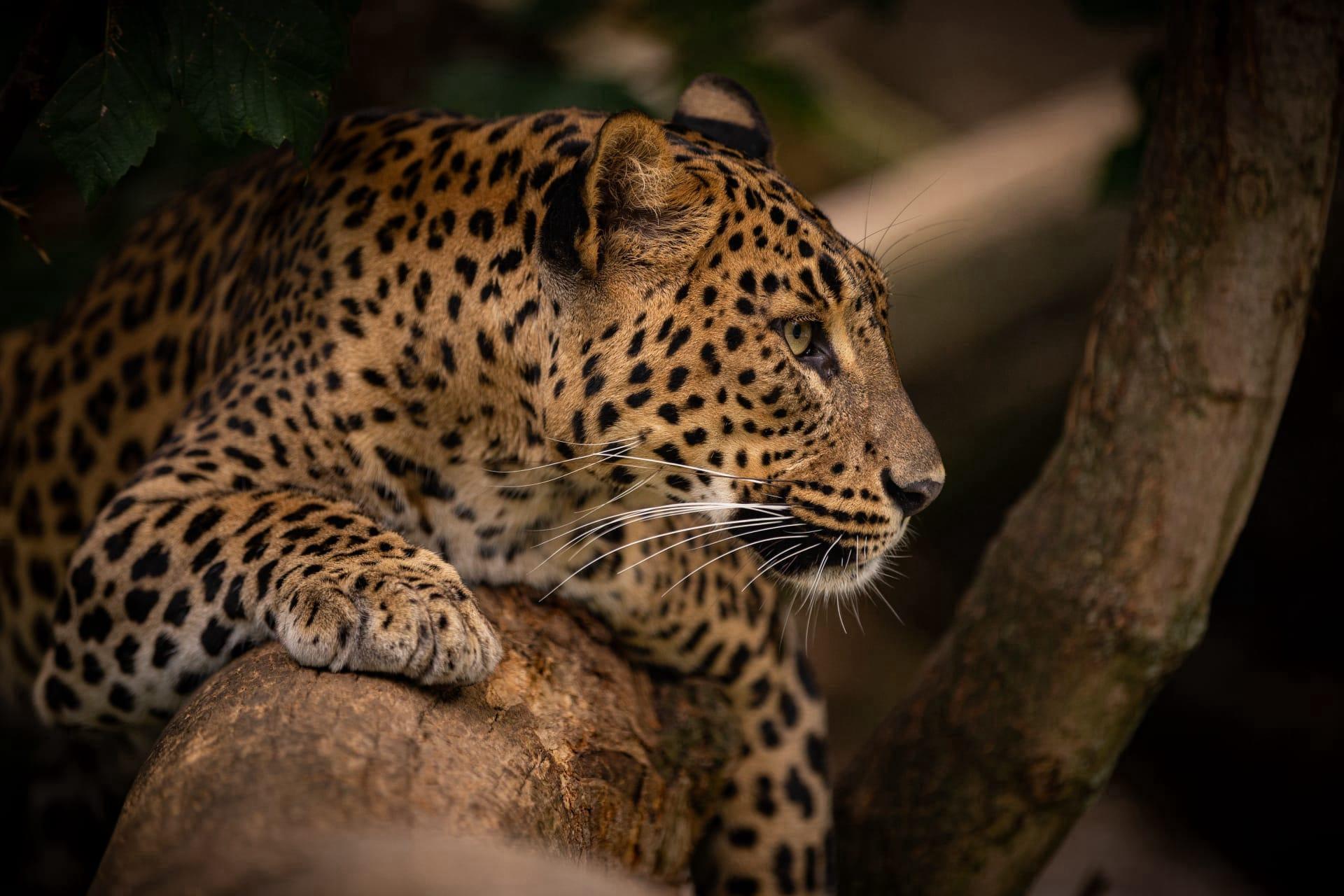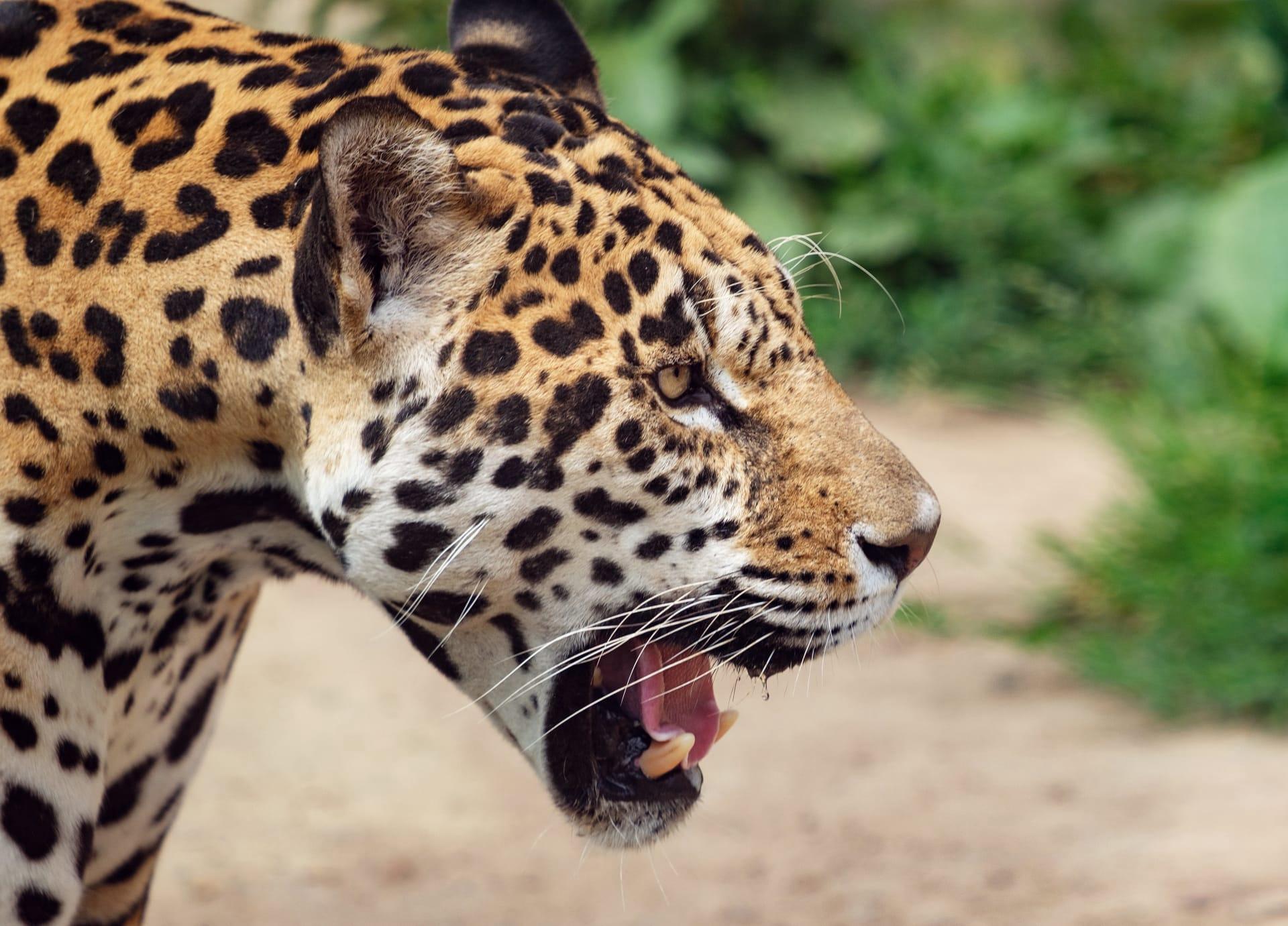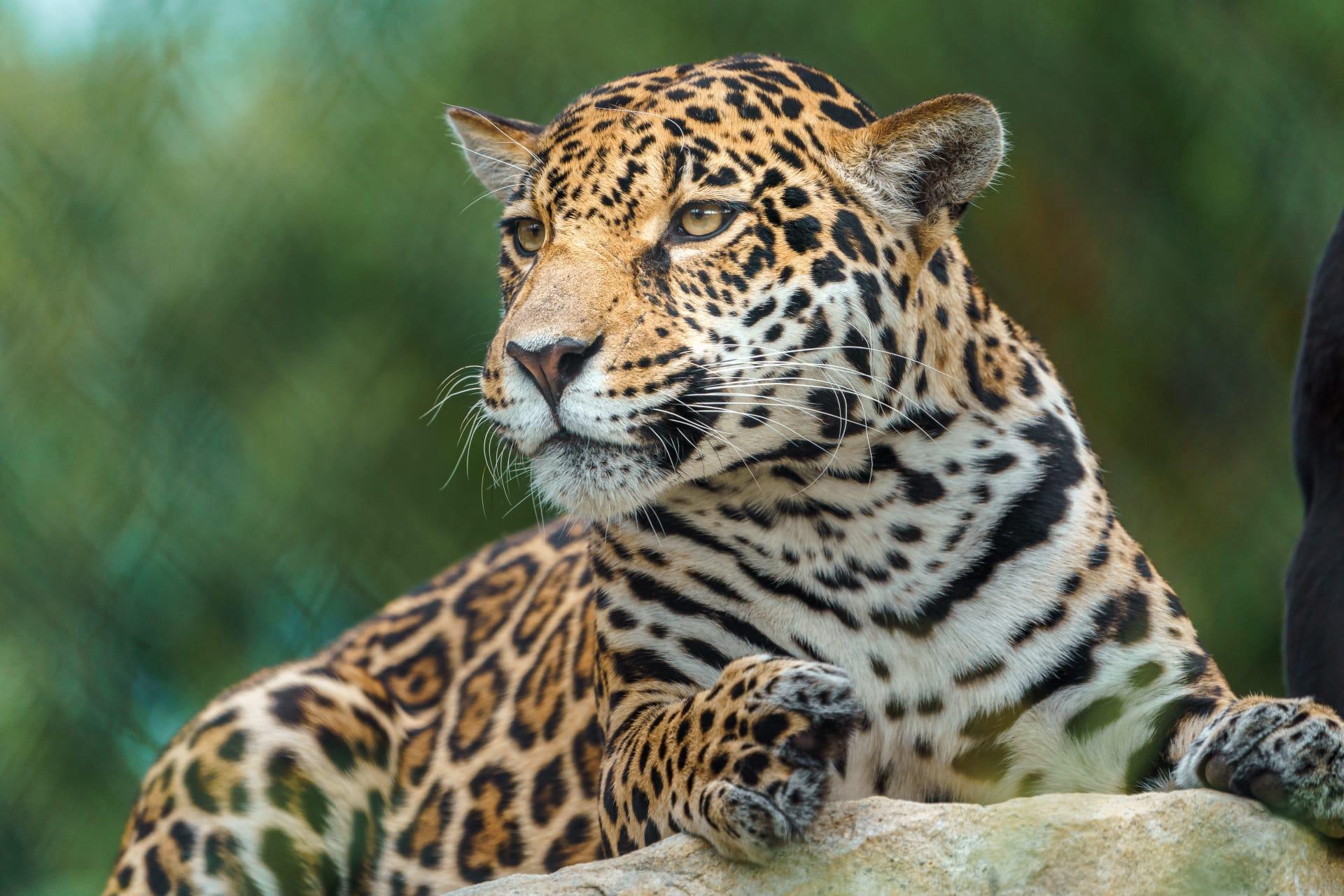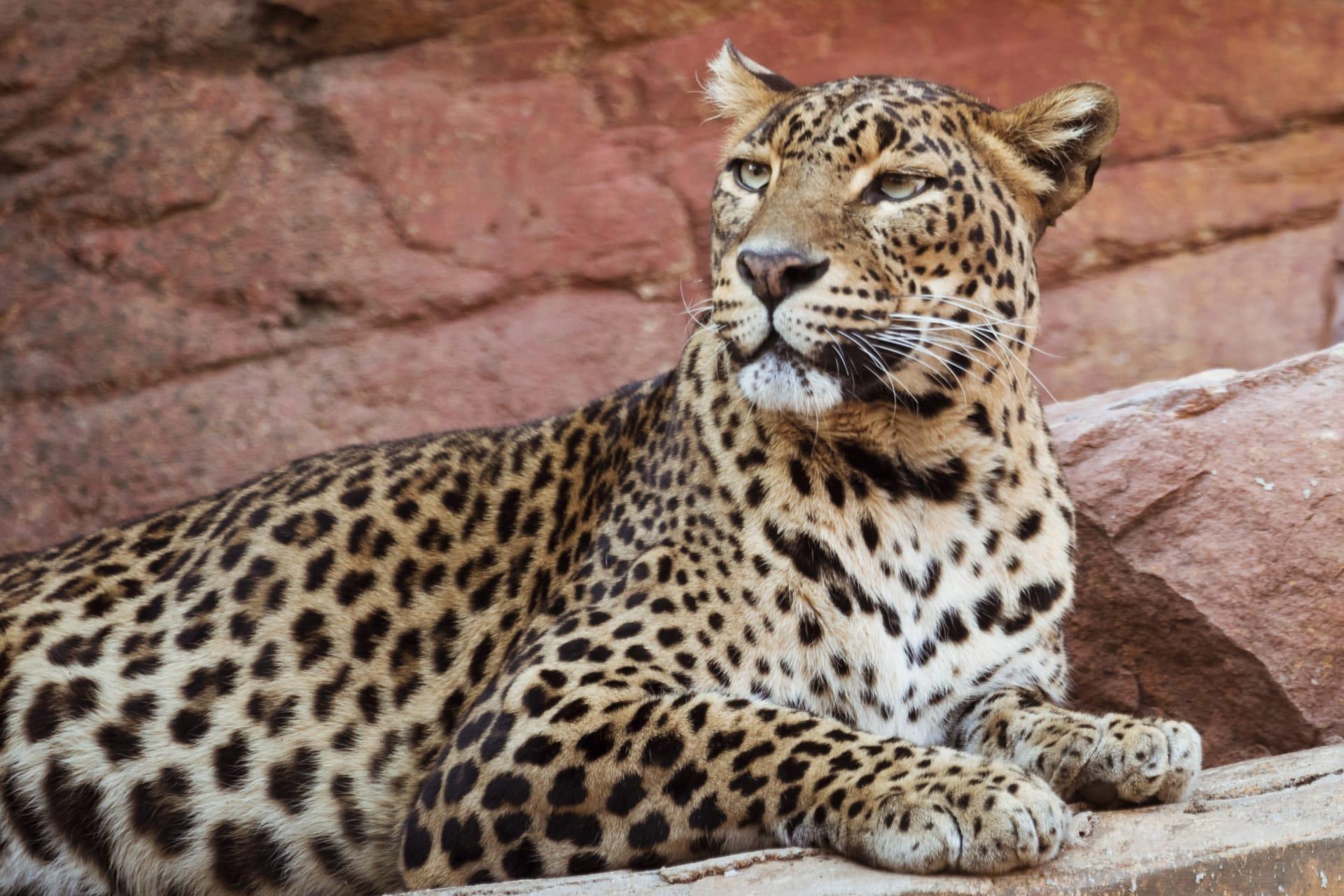Amur Leopard Characteristics
- Home /
- Mini Encyclopedia /
- Animal /
- Amur Leopard Characteristics
1
The Amur Leopard, a remarkable feline, boasts a stunning coat patterned with rosettes, aiding its camouflage in the wild. Adult males typically weigh between 70 to 105 pounds (32 to 48 kilograms) and measure about 42 to 54 inches (107 to 137 cm) in body length. Females are slightly smaller. This leopard variety has an average lifespan of 10 to 15 years in the wild, and up to 20 years in captivity. Its thick fur, which can grow up to 2.8 inches (7 cm) long in winter, is a unique adaptation to its cold habitat.
One of the Amur Leopard's most distinctive organs is its highly developed sense of hearing. Its ears, with a wide range of adjustable pinnae, can detect the faintest sounds, essential for hunting and survival in the dense forests of its habitat. This acute hearing allows the leopard to precisely locate its prey, even in challenging conditions.

2
Question: Why is the Amur Leopard considered one of the rarest big cats in the world?
Answer: The Amur Leopard is critically endangered, with only around 100 individuals left in the wild, primarily due to habitat loss, poaching, and climate change. Its limited distribution, confined to a small area in the Russian Far East and China, exacerbates its vulnerability. Conservation efforts are crucial to prevent its extinction.

3
The Amur Leopard is a master of agility and speed. It can run at speeds of up to 37 mph (60 km/h) and leap more than 19 feet (6 meters) horizontally and up to 10 feet (3 meters) vertically. This incredible athleticism makes it an adept hunter, capable of taking down prey much larger than itself.
In terms of hunting, the Amur Leopard is a solitary and nocturnal predator. It primarily feeds on deer, boar, and smaller mammals. Its hunting strategy involves stealth, using its camouflaged coat to blend into the environment before making a swift and powerful attack on its unsuspecting prey.

4
The Amur Leopard inhabits the temperate forests of the Russian Far East and Northeast China. These forests provide dense vegetation for camouflage and abundant prey. However, its habitat is shrinking due to deforestation and human encroachment, posing significant threats to its survival.
Regarding reproduction, Amur Leopards reach sexual maturity at around three years of age. Females give birth to litters of one to four cubs after a gestation period of approximately 90 to 105 days. Cubs are born blind and helpless, relying entirely on their mother for nourishment and protection for the first few months of life.

5
Book: "The Secret Life of Leopards" by Alexander S. Harris (United States, 2010). This book offers a comprehensive look into the behavior, ecology, and conservation challenges of various leopard species, including a detailed chapter on the Amur Leopard. Harris combines scientific research with captivating narratives to bring the plight of these big cats to light.
Book: "Vanishing Spots: The Global Race to Save the Leopard" by Emily Roberts (United Kingdom, 2015). Roberts' work delves into the world of leopards, focusing on conservation efforts worldwide. A significant portion of the book is dedicated to the critically endangered Amur Leopard, discussing the international efforts to save it from extinction and the challenges faced in preserving its natural habitat.